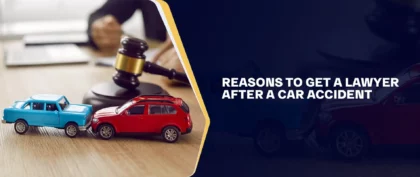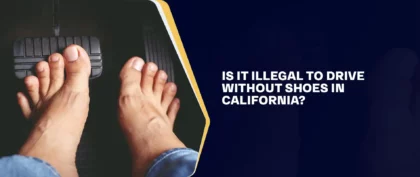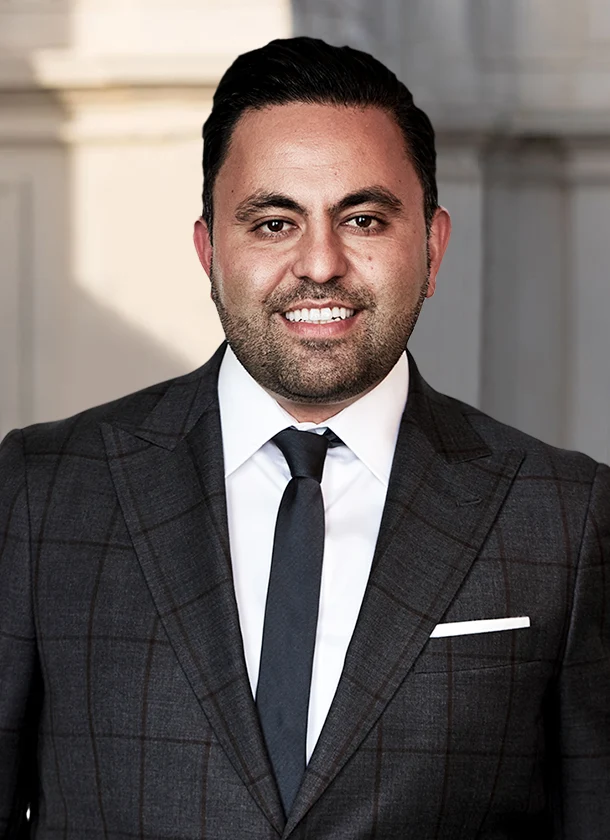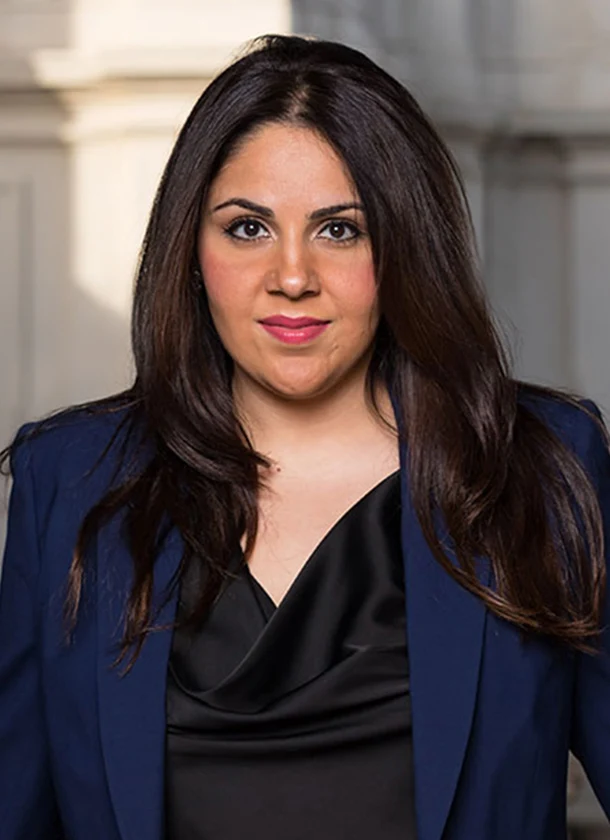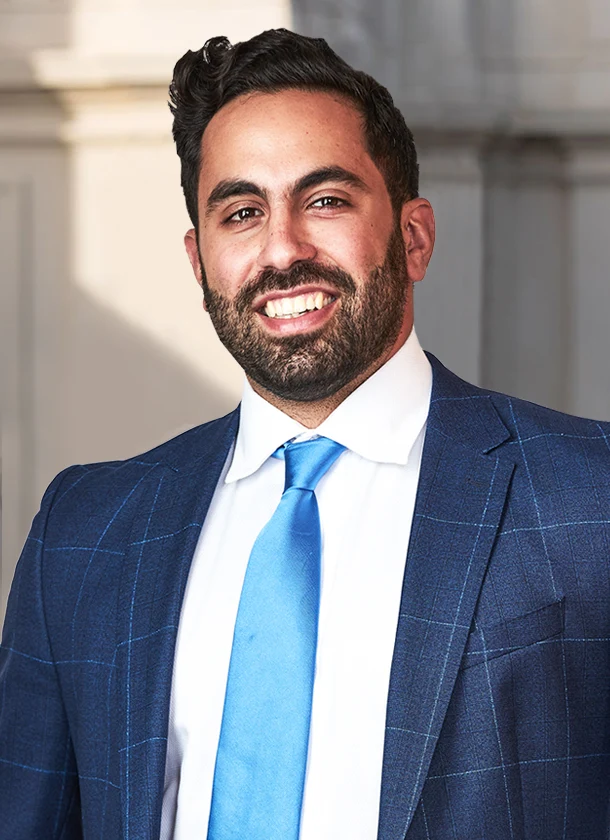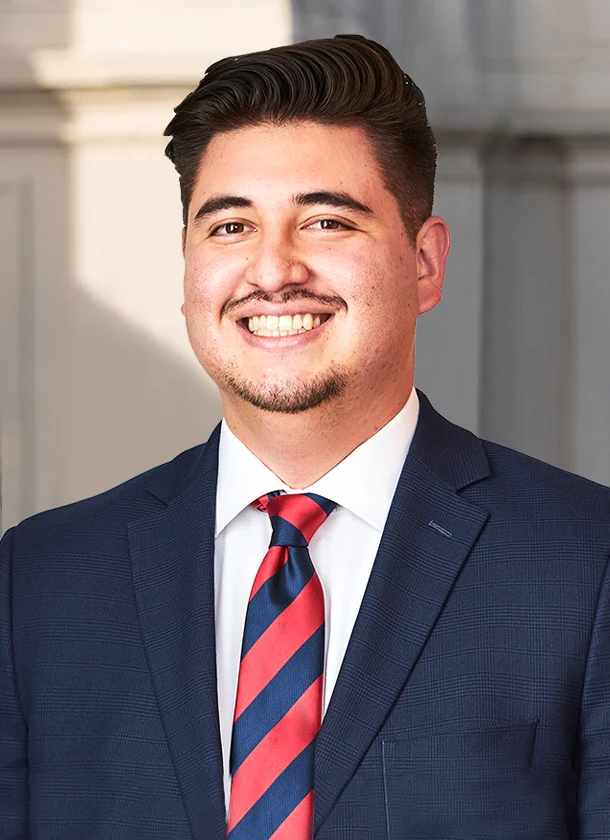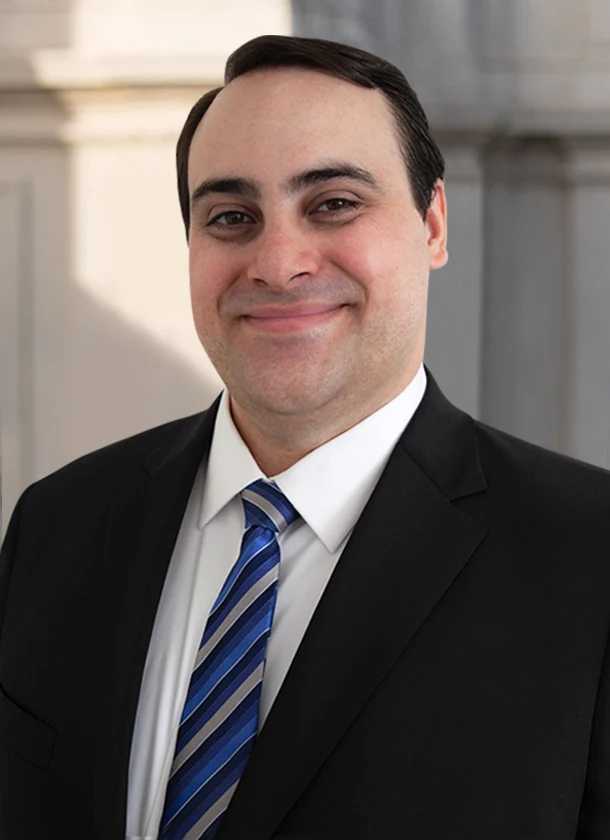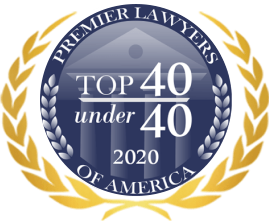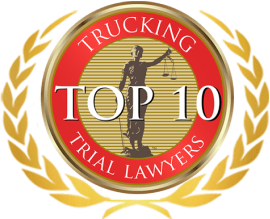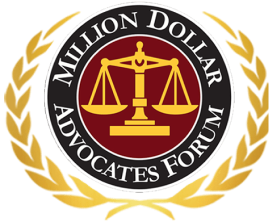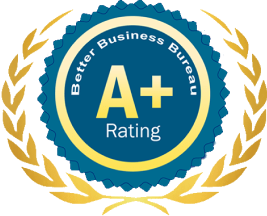In our fast-paced society, most California drivers have no qualms about going through the drive-through to pick up their morning coffee and pastry or a sandwich for lunch. While this practice is highly convenient and can save a significant amount of time, eating and driving can result in traffic violations and expensive traffic tickets for those who choose to do it.
Not only can police issue drivers a ticket for eating and driving, but it puts everyone on the road at risk and can even cause fatal accidents. In 2017 alone, there were 3,166 fatalities linked to distracted driving. For this reason, it’s highly advisable that next time you pull into the In-N-Out, opt to park and eat there instead of heading to the drive-through.
Does California’s Distracted Driving Law Include Eating?

Section 23123.5 of the California Vehicle Code makes it illegal to operate a vehicle while holding and operating a handheld cell phone or other electronic wireless communications device. However, it is legal to use a hands-free device in California.
If you are found in violation of the handheld phone law, you can receive a fine of $20 for a first offense and $50 for subsequent offenses. Cell phone use is the most common type of driver distraction, but things like eating, drinking, conversing with a passenger, personal grooming, or applying makeup, are also risky. Distractions occur when a driver’s hands, eyes, or focus are occupying by something other than the road ahead.
Even though no California law exists that specifically addresses eating while driving, the police have the ability to use related laws to ticket drivers who are distracted behind the wheel. For example, California Vehicle Code Section 22350 prohibits drivers from operating their vehicles at speeds that endanger the safety of other individuals. You could be stopped and ticketed for various traffic violations while eating and driving. It is essential to note, however, that what you can or can’t do safely while driving is subjective and will varying depending on the situation.
When Does Eating and Driving Become Illegal?
If you can still safely operate your vehicle while eating, there may not be a legitimate reason for a police officer to give you a traffic ticket. They must have another reason to stop and ticket you; often, it is for speeding, reckless driving, or making an illegal turn. It is up to the officer to determine if you are able to eat while driving safely. If you are eating but can pay attention, stay in your lane, keep your hands on the wheel, and remain a safe driver, you may not be stopped.
Even still, in most circumstances, drivers are better off waiting until they get to their destination to eat their takeout meal. You may feel that you can safely eat and drive, but it is likely inevitable that your food will demand some of your attention that should be used for driving. Anyone who has driven in California knows that driving here requires 100 percent of your attention all of the time. Distracted drivers are not able to react to frequently changing driving circumstances in time to avoid an accident.
Even without a specific law pertaining to eating while driving in California, you can still find yourself with a ticket for doing so. If your food interferes with your ability to focus on the road and drive safely, you might receive a $150 fine or a ticket. If you cause a car crash while eating, you could find yourself liable for your damages. If that isn’t bad enough, your insurance premiums could increase, and you might get points on your driver’s license. To keep you and others on the road safe, avoid eating while driving.
Distracted Driving Types
Distracted driving occurs when a driver diverts their attention from the duties of driving to focus on something else, as per the National Highway Traffic Safety Administration.
Electronic devices like cell phones or GPS devices usually come to mind when the topic of distracted driving is at hand. Equally as distracting is eating, grooming, and talking with passengers.
Most drivers fail to recognize the risk they pose to themselves, the people in their vehicle, and other innocent people when they drive while distracted. Distractions behind the wheel fall into one or more of the following categories:
- Visual distractions which take your attention away from the road ahead
- Manual distractions which require you to remove your hand off the steering wheel to deal with something else
- Cognitive distractions can cause you to think about something other than the task of driving
Justifying a Traffic Stop
You are unlikely to receive a ticket from California law enforcement officers if you are simply sipping your coffee and keeping it in a cupholder. To make a traffic stop, the officer must see you clearly showing disregard for the safety of other people. Depending upon the situation and your actions, you could be ticketed for reckless driving while eating. This charge can lead to substantial fines and jail time in some places in California.
For example, if you are fumbling around with unwrapping your hamburger, opening your dipping sauces, or eating pasta with a fork, you could quickly lose control of your vehicle. If a police officer observed this behavior, they could stop you, especially if your hands are visibly occupied with a task other than driving.
California Distracted Driving Citations
If you break California’s cell phone law by operating a phone or other handheld wireless communication device while driving, you could receive a $20 fine for the first offense and each subsequent offense will cost you $50.
If you remain alert and in charge of your vehicle, you are unlikely to receive a citation. A distracted driving citation can be issued if your hands or attention is focused on something else besides driving. The officer must pull you over for another reason, such as speeding or failing to stop at a stop sign, and then they can cite you for distracted driving if you are eating while driving.
What Makes Eating While Driving Dangerous?
Eating while driving may seem like a benign activity that has no impact on your attention or driving abilities. This could be true in under some circumstances but eating while driving can quickly become an unexpected problem. You may encounter some severe conditions created by eating and driving, such as:
- Spilling hot liquid on yourself and sustaining a burn
- Spilling food or drink on your clothes and taking your attention away from the road to look at what happened
- Holding your food rather than the steering wheel, causing you to be unable to maneuver the vehicle when needed when something sudden and unexpected happens
- Trying to get food out of its packaging which diverts your attention away from the road
- Dropping your food and looking around to determine where it landed instead of focusing on driving
Distracted Drivers Cause Accidents
Thousands of people sustain injuries each year because of distracted driving. If you or someone you love became one of them, talk to a seasoned California personal injury lawyer. If the other driver’s negligence caused your injuries, you could be entitled to compensation.
After a car accident with another driver who was eating, be sure to reach out to an attorney as soon as possible. The officers who responded to your accident will complete an official report, which includes the details of the accident and what might have caused it.
This report can be crucial in proving that the other driver was eating when they caused the accident. If you or your California car accident lawyer cannot prove that the other driver was negligent in causing your accident, you will not have a case.
Injured in an Accident? Call an Experienced California Car Accident Attorney
Contact Arash Law today by phone (888) 488-1391 or online to receive your free case consultation with an experienced California accident lawyer from our firm. Our dedicated lawyers have recovered over 200 million dollars for our clients. We have over two decades of experience serving injury victims in San Francisco, Riverside, San Jose, San Diego, Sacramento, Sherman Oaks, and throughout California.





